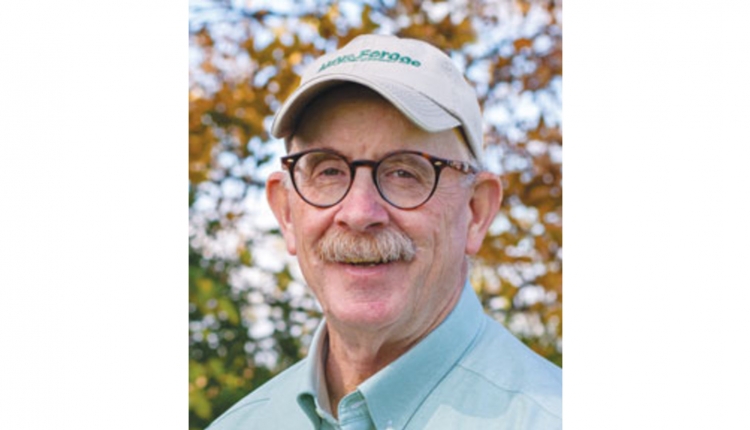Old tattoos |
| By Mike Rankin, Managing Editor |
|
|
 Mike Rankin The forage industry has several of these tattoos in the form of forage quality metrics that were thought useful in their day but have since been deemed inferior by new science and improved evaluation measures. The problem is that the old measures or calculations never seem to disappear. Exhibit A in the widely used but antiquated forage metric category is the use of acid detergent fiber (ADF) as the sole basis for calculating total digestible nutrients (TDN). The alternative, and a much more accurate assessment of the livestock performance value of forage, is a summative TDN value, which is derived from adding together the digestibility of nonfiber carbohydrates (NFC), crude protein (CP), fat, and neutral detergent fiber (NDF). Essentially, we have an old and new approach for calculating TDN that often offer different results. That’s a problem . . . a big problem in some cases. A similar comparison could be made between relative feed value (RFV) and relative forage quality (RFQ), with the latter being the summative approach that integrates forage digestibility. Kudos to the American Forage and Grassland Council for assembling a panel of industry experts to discuss and seek solutions to this issue during the organization’s virtual annual conference. The panel included animal scientists, agronomists, and forage laboratory administrators. “Both the National Research Council (NRC) dairy and beef nutrient requirement publications have gravitated toward the summative equation,” said Dave Combs, who recently retired from his position as a dairy scientist with the University of Wisconsin. The NRC is widely accepted as the gold standard in terms of peer-reviewed nutrient recommendations and analysis for livestock feeding. “One of the initial problems was that some people used ADF to estimate digestibility, and it was never intended for that,” noted Dan Undersander, an emeritus extension forage specialist with the University of Wisconsin. “In fact, the research has shown that ADF is not a reliable estimate of digestibility. The value of the summative equation is that we’re looking at the digestibility of each of the major components of the forage. It’s not perfect, but at least we can use it across forage species and livestock classes,” he added. A logical question to ask is, “Why do labs offer an ADF-derived TDN value if it’s simply not as accurate as the summative approach?” The answer is simple: A significant number of farmers and industry professionals are still directly or indirectly requesting the ADF-derived TDN value. There are several reasons why this is occurring. A lab report that is generated without forage digestibility measures (for example, NDF digestibility) will cost less, and this is what drives some customers’ requests. “You’re being penny-wise but pound-foolish if you don’t request digestibility measures,” Undersander opined. “Another problem lies in the fact that there are strong regional preferences for specific traditional indexes; for example, a lab cannot participate in the hay market in California without providing the California TDN, which is derived directly from ADF,” said Kyle Taysom, chief executive officer at Dairyland Labs. If meaningful change and progress is going to take place, several actions need to occur. First, all forage producers and users must move into the 21st century and request only those lab analysis packages that include digestibility measures. There needs to be a unified and meaningful effort in our extension and industry educational programs to explain why it so important to value forage based on digestibility measures. Last, but certainly not least, the USDA Agriculture Marketing Service’s (AMS) hay grading system needs to be updated to reflect metrics that take forage digestibility into account. If the current hay market grades are allowed to stand, there will remain a demand for forage quality metrics that do not reflect digestibility. A collaborative effort, including multiple national forage organizations, will be needed for these changes to occur. “We’ve been sweeping this issue under the rug for far too long,” concluded Dennis Hancock, director of the U.S. Dairy Forage Research Center in Madison, Wis. “We can’t let perfect be the enemy of better.” This article appeared in the February 2021 issue of Hay & Forage Grower on page 4. Not a subscriber? Click to get the print magazine. |
